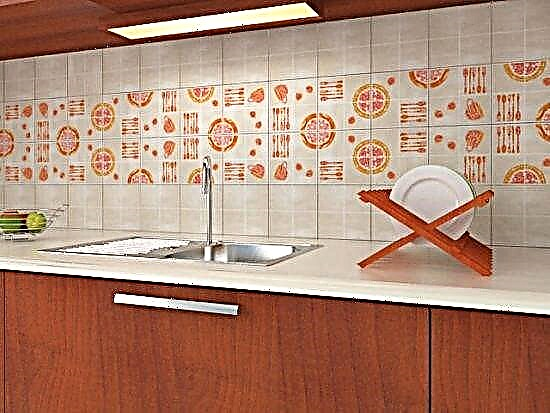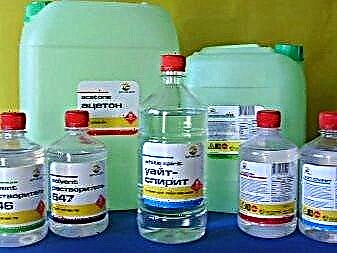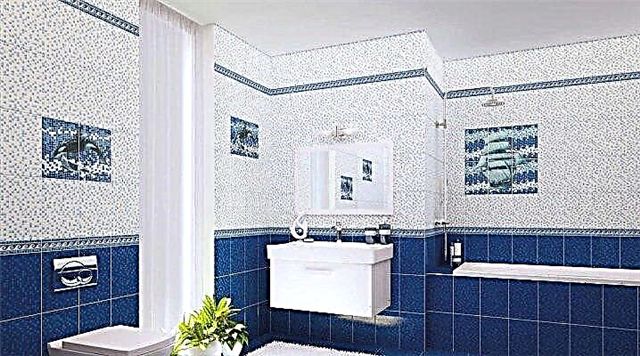
Choosing a facing material for decorating a home, many prefer tile. Being a unique raw material with a maximum of decorative capabilities, it has a number of advantages compared to other finishing materials. As for the dimensions of the products, varieties of 20 x 30 cm are in great demand.
We will understand their features, practical characteristics and modern application in space decoration.
Features and Benefits
The size of the tile 20 x 30 cm is the most popular for several reasons:
- cutting with a classic tile cutter and even a glass cutter is provided,
- optimal product dimensions save time for styling,
- due to the low weight of the products, the procedure for gluing the surface is simplified,
- such material is less likely to chip and break, which helps to minimize the amount of residue after installation,
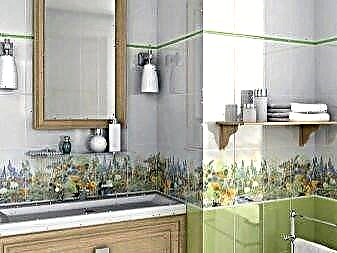
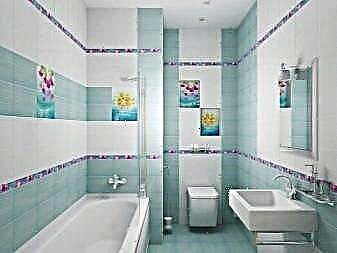
- this type of raw material is in any collection of modern brands,
- such material implies the availability of options for combination,
- the simplicity of the installation process eliminates the need for external specialists.
You can lay wall tiles vertically and horizontally. This allows you to visually increase the width or height of the walls in accordance with the design idea.
The simultaneous combination of the direction of the fragments is also allowed. For example, you can highlight a niche by laying the tile horizontally.
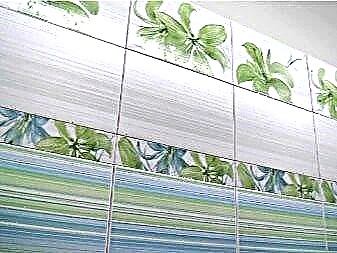
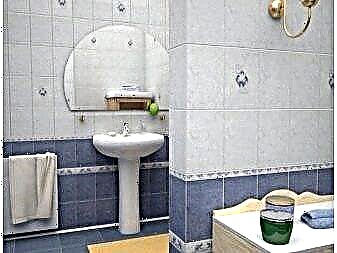
Features of this cladding are made up of its advantages and disadvantages.
Consider the main advantages:
- This material is safe. It contains no harmful substances, therefore, during operation it will not have a negative impact on the health of households. The biological purity of the tile depends solely on the degree of contamination. It is scientifically proven that mold fungi and pathogenic bacteria do not take root on such a surface. Caring for it is quite simple: the lining is simply wiped with a damp sponge.
- This finish has a variety of textures. In addition to the fact that it is glossy and matte, manufacturers produce varieties with a relief.
- The collections represented by trademarks for sale are distinguished by a wide range of shades, which allows you to choose finishes to match the furniture or decor.
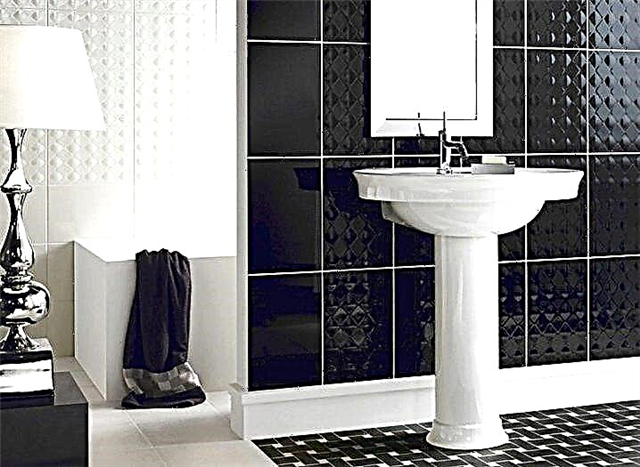
- Such a tile is a universal material that is appropriate in the decoration of styles of various directions. With a good choice, it can decorate the surfaces of classic, modern, ethnic and vintage designs.
- This option allows you to use tiles in different rooms. It can decorate not only the surface of the bathroom, toilet and hallway. With a creative approach to interior design, it will be appropriate in the corridor, kitchen, living room, as well as on the loggia or balcony.
- The size allows you to combine material of different textures and shades, which is especially convenient when composing compositions with the addition of borders.
Specifications
Consider the main characteristics of 20 x 30 cm format products:
- Depending on the type of material, the tile has a different thickness and level of maximum permissible load. The thickness of tiled facing raw materials for walls varies from 5 to 9 mm. It is important to remember that wall tiles cannot be used to finish the floor, because its allowable weight load is much lower.
- This finish is fireproof. Its structure does not respond to temperature changes, however, the material has a clear classification for internal work.
- With proper installation with preliminary surface preparation, this material is able to decorate walls for 15 to 20 years or more.
- Tiles with this size have small seams, when processing them with a special composition, you can not be afraid that they will cause a decrease in service life.
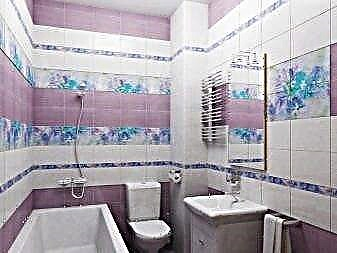
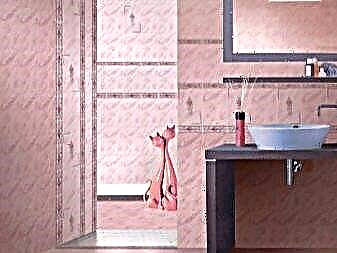
- The surface of the material can be glazed and unglazed. The presence of a protective layer increases the thickness and weight of the tile, corresponding to GOST. Facing 1 square meter of wall with ceramic tiles weighs about 12-13 kg (weight of 1 sq. M of floor tiles is approximately 16 kg).
- Wall tiles 20 x 30 cm are not erased by abrasive substances. In this case, the intensity of the shades does not change throughout the entire time while it is on the surface.
- Finishing can imitate other materials, including different types of wood, stone, marble chips, genuine leather and textiles.
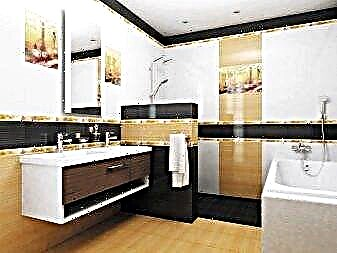
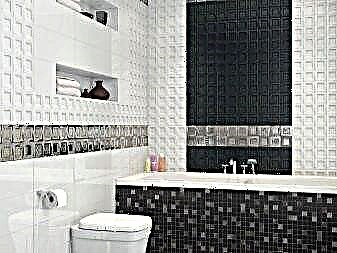
Disadvantages
Despite the mass of advantages, a tile measuring 20 x 30 cm is not without drawbacks. This material is cold. It is not capable of insulating walls, so it is not recommended to decorate most of the house with such material. This can make rooms cold not only visually.
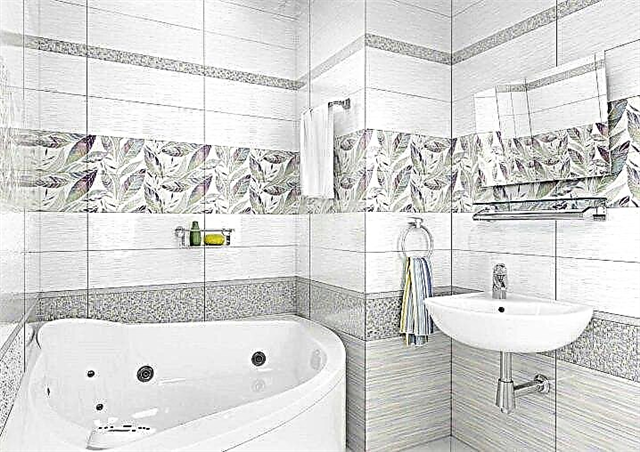
An important point is the careful preparation of the foundation. Many recognize the disadvantage of the need for perfect alignment of the surface for laying. Any hillocks will differ in level.
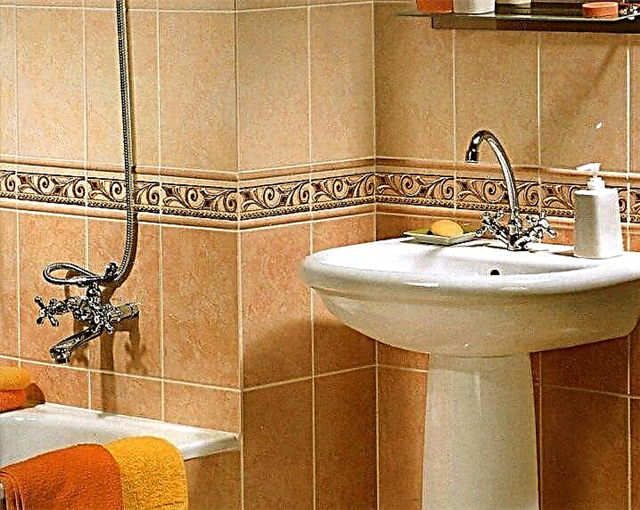
In addition, it is not easy to dismantle such sheathing material. Therefore, if you suddenly want to decorate the surface with a new trendy color, you may encounter difficulties.
Poor quality products sometimes can not withstand extreme temperatures and other factors that affect the quality of the coating, therefore, it is worth acquiring the material exclusively from trusted manufacturers in stores with a good reputation.

Also, this size can not always be matched to the floor tile finish. Do not use tiles for the floor, and the mismatch of joints of tiles of different sizes can visually spoil the appearance of the cladding. Therefore, the calculation and selection of both wall and floor tiles is very difficult.
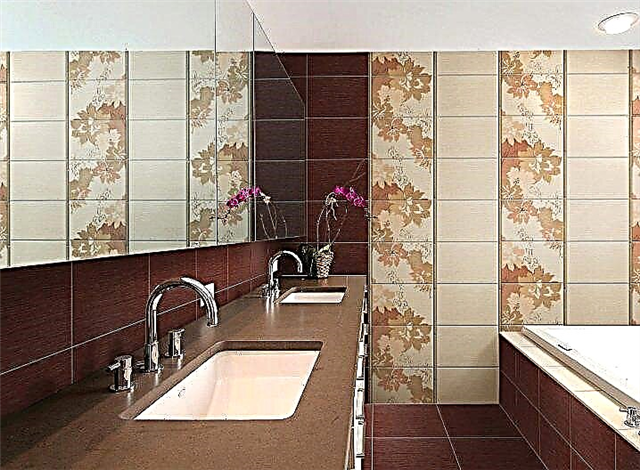
Payment
Buying the cladding “by eye” can lead to a shortage or a large excess of products. In order not to overpay for the material that will be dusted in the pantry after finishing work, the necessary number of fragments is calculated before purchase.
A feature of the method is the fact that the tiles are not counted individually, but are measured in square meters.
To do this, calculate the area of one fragment of 20 x 30 cm according to the algorithm:
- centimeters are converted into meters: 20 cm = 0.2 m, 30 cm = 0.3 m,
- the length is multiplied by the width: 0.2 x 0.3 = 0.06 m,
- divide 1 sq. m on S of one tile: 1 / 0.06 = 16.66 m ≈ 17 pieces.
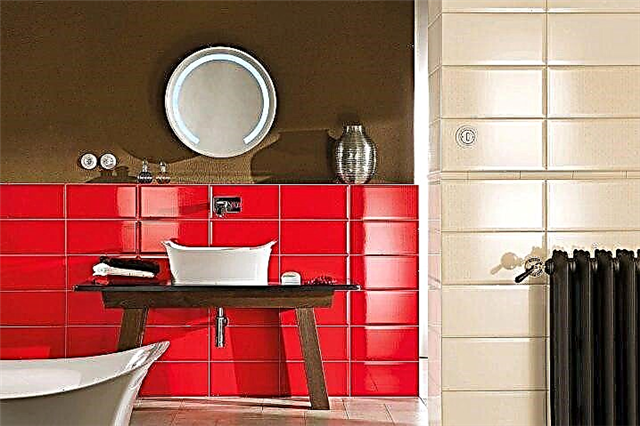
Thus, for 1 square. m surface will require 17 whole fragments. Knowing the total area of finishing work, it remains to substitute the desired number instead of units.
For example, if the cladding area leaves 6 square meters. m, then the calculation will be as follows: 6 / 0.06 = 100 pieces.
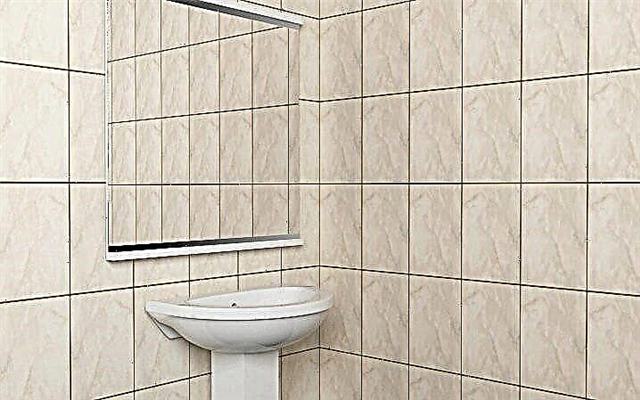
This calculation assumes the absence of marriage. However, often during transportation or during operation, the tile may break (for example, if the cutting is incorrect). Therefore, regardless of the desired volume, another 10% is always added to it. This will save you from a possible shortage of facing raw materials and will allow in case of adjustment to replace the broken part.
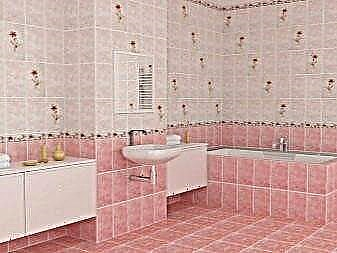
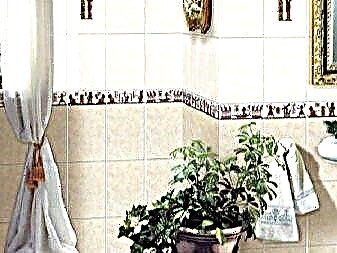
How much is in the box?
The packaging of each particular brand has its own standards. Typically, companies try not to overload the boxes with a weight load, so the number of ceramic dies 200 x 300 mm in the package is divided into 2 rows.
In total, usually no more than 24 pieces are put in a box. fragments of a given size. On average, this amount is enough for laying 1.5 square meters. m. The weight of the package is about 17 kg. If the tile is processed with glaze, the weight of such a package will be more.
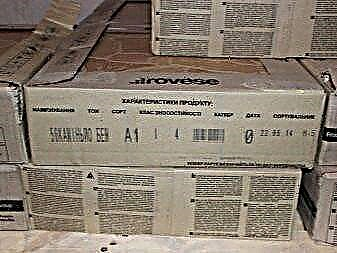
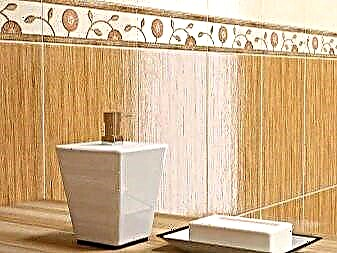
Use in the interior
The tile size of 20 x 30 cm is convenient for finishing different surfaces.
- In the kitchen, such an apron can be laid out with such material, including contrasting fragments of kitchen or geometric themes in the lining.
- In the living room or kitchen with wall tiles, you can decorate the fireplace ledge, choosing its shade in the same color scheme as the tone of the interior composition.
- The tile accent will look originally on the wall, highlighting the dining area.
- In the bathroom, to the wall tile measuring 20 x 30 cm, you can add a serial tile for the floor in the same tone. This is the only place in the house where the abundance of such material looks appropriate. As a rule, the serial material has accent inserts that do not overload the composition of the picture.
- For the hallway, you can choose a practical option with an imitation of wood texture. Due to the presence of roughness and a matte surface, such a finish will look very stylish.
- If the layout is open, it makes sense to use different finishing materials in color and texture for two sections with different functionality. For example, you can select a cooking zone and a dining room. These places need daily cleaning.
How to properly and quickly put tiles in the bathroom, see the video below.
Color schemes
To date, the color palette of shades of tile for walls measuring 20 x 30 cm is diverse. Her choice is based on the purpose of the premises and the taste preferences of the owners of the house.
For the kitchen, textured varieties are offered, beige, coffee, pinkish and peach tones. The colors of the cladding for the bathroom adhere mainly to the marine theme, although today, in addition to blue and blue-green tones, in the decoration of the panels and walls of these rooms you can find milk chocolate, cream pink, emerald green and monochrome versions.
How to choose?
When choosing a tile measuring 20 x 30 cm for wall decoration, it is worth considering several factors:
- The color of the cladding should not “interrupt” the interior composition. It is important that he softly sets off bright contrasts.
- Do not start from the color of the wallpaper, because they are often changed. The hue of the cladding should be combined with any background of the walls.
- Do not overload the coating with a large pattern.if the room is small. This can visually make it even closer.
- Choosing material with color accentsthink carefully about the design. The poor location of the picture can visually skew the wall on which the cladding is made.
Advantages of ceramic products 20x30 cm
This size is considered the most suitable for decorating bathrooms and kitchens, which explains the high popularity of products 20x30 cm, which are the leaders in sales in the modern market of facing products.
- tile parameters greatly simplify the laying process,
- this format is provided by an assortment of almost all manufacturers,
- in the process of facing work, very few construction waste is generated, which saves the cost of purchasing material,
- decoration elements marked AA have a high level of resistance to chemicals that are used as cleaning agents (retains its integrity and pattern),
- have a high level of water absorption, which exceeds 10%,
- possess a high rate of stability and durability of the enamel layer (decoration elements marked "T", which is applied to the packaging).
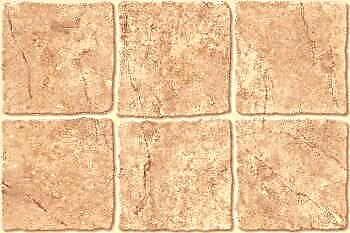
Product Range Benefits
In addition to the variety in color and appearance of patterns and drawings, wall tiles with dimensions of 20x30 cm can have other design features. These features are manifested in the design of the surface, which can be glossy or matte, smooth or textured.
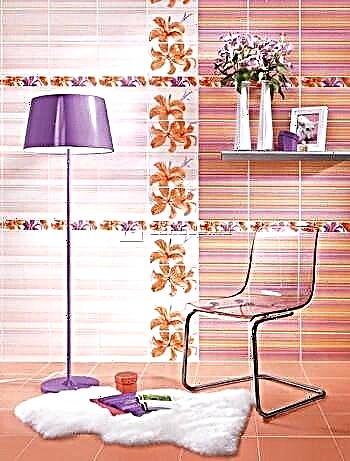
Room decoration with smooth surface
The assortments of some companies include decorative accessories that can be used to improve the external design of the walls. Such additions include decorative panels, which can reflect a variety of scenes, still lifes or images within any other subject. In addition, there are wall-mounted photo compositions that are laid out from individual components, folding into a whole picture.
If necessary, obtain technical information about the features of the tile should be searched on the packaging. If the UNI marking is present on the box, this means that the products fully comply with the requirements of the standardization system and have certificates confirming this fact.
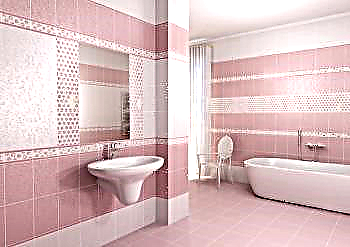
Color combination
Note! By common standards, ceramic tile products are divided into three grades and have six classes.
Wall cladding materials require operational properties such as abrasion resistance and strength. And such characteristics as resistance to low temperatures do not require a wall tile for interior decoration of rooms. This property has a direct impact on the price of products, so you should clarify the labeling of products, so as not to overpay for those characteristics that are not useful.
As for the manufacturers, the manufacture of tile finishing products is carried out by enterprises in many countries of the world. The leading states are Italy and Spain, since it is here that the historical roots of this industry lie. European-made products have a higher price than the products of companies from China or Russia, which is practically not inferior to it in quality due to the use of modern types of equipment from Italy and other countries.
Features and specifications
This tile size is one of the standard and common today. It allows you to significantly simplify surface finishes: large varieties are more difficult to glue due to weight.
Material trimming is also important: the fragment parameter of 20 by 30 cm is convenient because in most cases there are not many residues left during trimming. This allows you to significantly save on the purchase of material, even taking into account the additional interest on a possible defect during transportation and trimming.
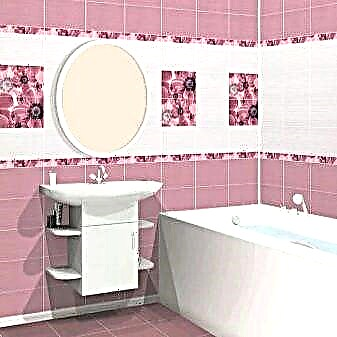

The characteristics of the facing material depend on the type of tile. Due to the demand for size, modern brands offer the attention of the buyer wall and floor cladding. Wall view complement the curb.
The difference in purpose is explained by the thickness of the fragments and the level of the maximum permissible weight and mechanical load. Externally, floor tiles are thicker.
If the variety does not have a glaze, it is thinner.
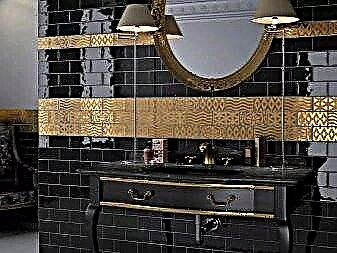
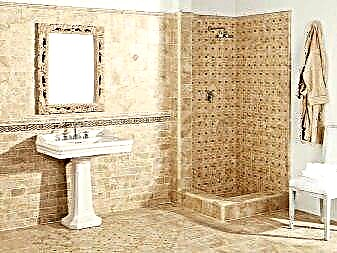
Fragments of wall ceramic tiles without glaze 20 by 30 cm in thickness are 7-9 mm. Most often they are used for lining a kitchen apron. The weight of the floor tiles is greater, which indicates a higher resistance to abrasion.
The thickness of the layer is on average 8-10 mm. The weight of each variety is subject to the developed GOST: for a tiled wall variety, it is 12-14 kg per square meter. Glazed floor tiles measuring 200x300 mm weigh on average 16 kg per square meter. m
How much is in the package?
To date, the number of tiles in a package can be different. It depends on the standards of the manufacturer, taking into account the range of transportation and the thickness of the material. The greater the thickness of identical fragments, the less they are in the package.
Standards of companies from different countries differ: some brands put more lining in the packaging, while others make sure that the goods do not break during delivery to the store counter.
One box contains 24 tiles of 20x30 cm in size. This is enough for a surface treatment of 1.5 square meters. m. excluding marriage. Box weight is 17 kg or more.

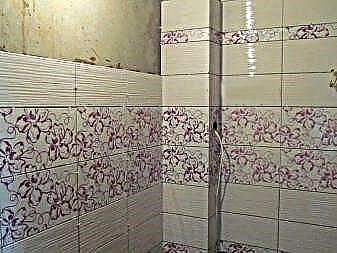
What else to consider?
Besides the main criteria, it is important to think about transportation. Some companies sell material 200 to 300 mm individually. In other stores, each box is opened to check the quality. Thus, packaging is broken and delivery is complicated.To bring home material without a tight winding is fraught with the fact that corners can break off.
In some large stores, there is a separate table with packaging raw materials so that the buyer has the opportunity to independently pack finishing materials. It is worth using this: it will protect fragments from chips during delivery.
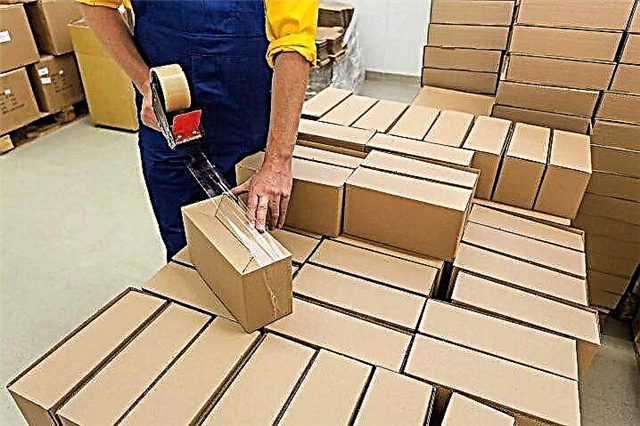
Do not try to put more tiles in the box: until the material is glued to the surface with tile adhesive, it can form chipped corners. This is especially true for wall decoration. Careless handling and loose self-packing can cause one fragment to scratch the front surface of another, which will increase the percentage of defective parts and complicate installation.
If several boxes are bought, it is preferable to carry them without installing one on the other. It is unacceptable to lay on top of other building materials (a bag of tile glue, grout, a primer for the floor, a border).
To the size of the tile 20x30 cm, plastic crosses of 1.5-2 mm in size are needed. This is enough so that possible irregularities of the edges and corners are not noticeable. For the floor variety, it is better to take 2 mm crosses. Larger size is inappropriate: it will visually spoil the appearance of the cladding.
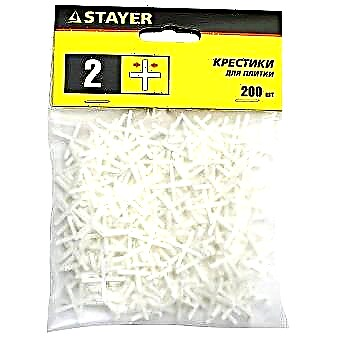
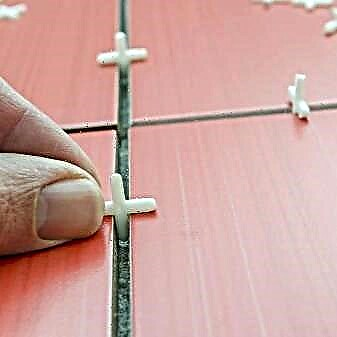
In addition, the seams are a sore spot: the larger they are, the greater the likelihood of a reduction in service life.
Which glue is suitable?
Due to the small size of the tile, it is easy to lay the surfaces. However, not every composition is worthy of attention. When buying, choose between tiled glue of the Tserizit and Unis brands. Both companies have a positive assessment of professional craftsmen and home craftsmen.
This composition allows for easy installation: the tile lays flat, grasps optimally quickly, while there is always the possibility of adjustment if you need to correct the level. To increase the durability of the coating, add PVA glue to the composition.
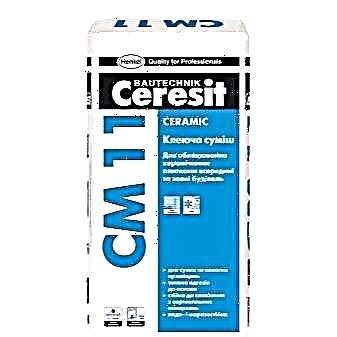
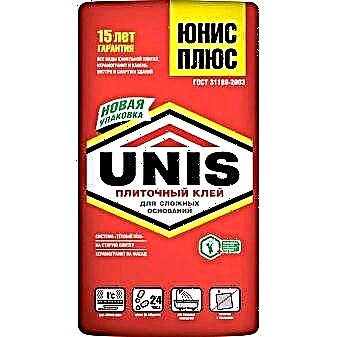
Reviews
Wall and floor tiles measuring 20x30 cm receive positive customer reviews. Masters like to work with this size: this tile is convenient to lay, it looks better than a small variety that resembles a mosaic.
Due to the size, you can significantly save the time of workers. It is pleasing to professionals that the standard size allows you to choose a frame that will give the cladding a complete appearance and originality.
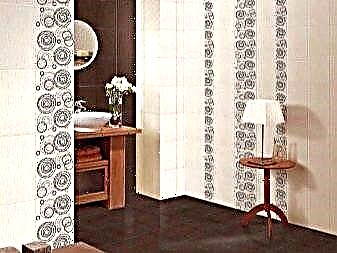

In the next video, you will learn how to properly lay tiles on an old tile cladding.

